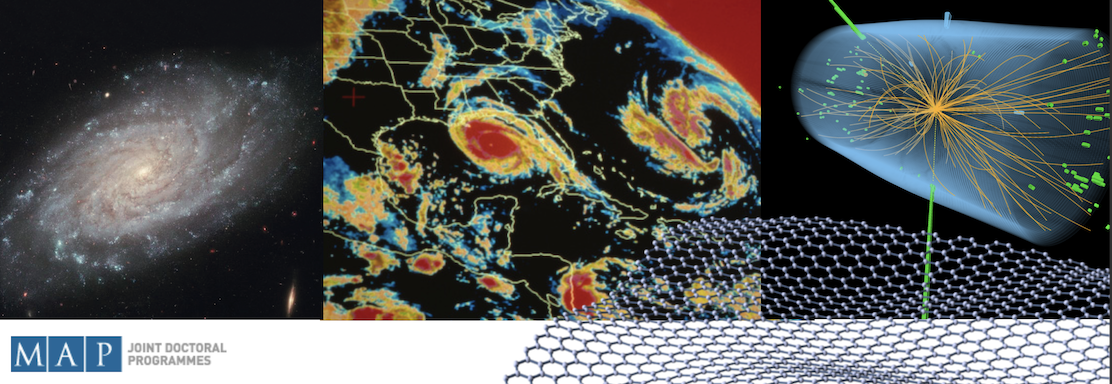The Pierre Auger Observatory, the world’s largest experiment in the study of the highest energy astroparticles, is being upgraded with new detector technologies to reduce its current systematic uncertainties and accurately determine the mass composition of Ultra High Energy Cosmic Rays (UHECRs). The Underground Muon Detector (UMD), a part of the recent low-energy extension of the observatory,...
We perform Monte-Carlo measurements of two and three-point functions of
charged operators in the critical O(2) model in 3 dimensions. Our results are compatible
with the predictions of the large charge superfluid effective field theory. We improved the Worm algorithm to obtain reliable
measurements for large charge values. We devised
a measurement scheme that mitigates the uncertainties...
The Standard Model (SM) can be considered an effective low-energy expression of a more fundamental theory.
Several observed phenomena cannot be explained by the SM, the existence of dark matter (DM) being one of them.
At the Large Hadron Collider (LHC), protons can stay intact after the interaction and be scattered by very small angles, which are then detected by the ATLAS Forward Proton...
In High Energy Physics, when testing theoretical models of new physics against
experimental results, the customary approach is to simply sample random points from
the parameter space of the model, calculate their predicted values for the desired
observables and compare them to experimental data. However, due to the typically
large number of parameters in these models, this process is...
